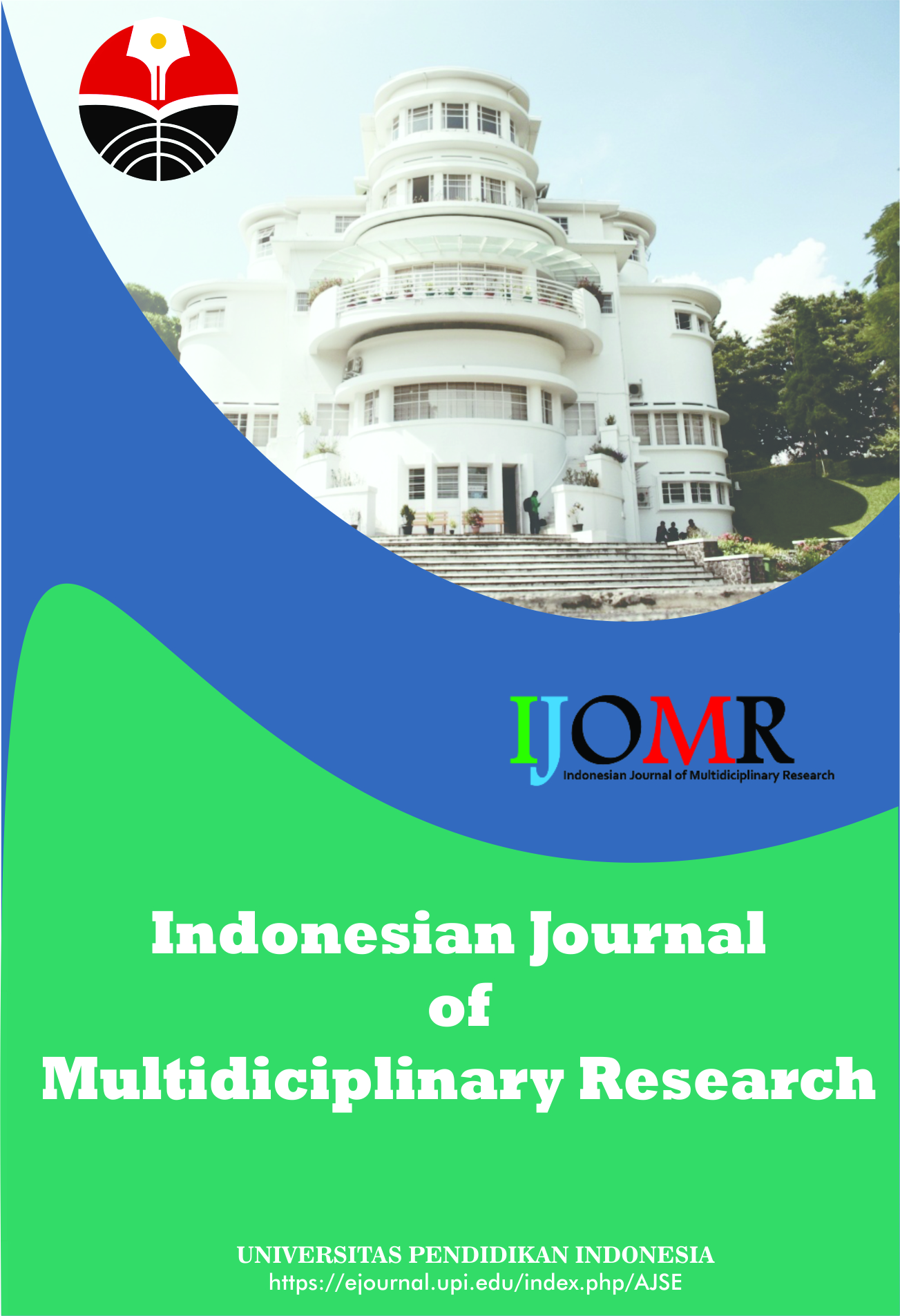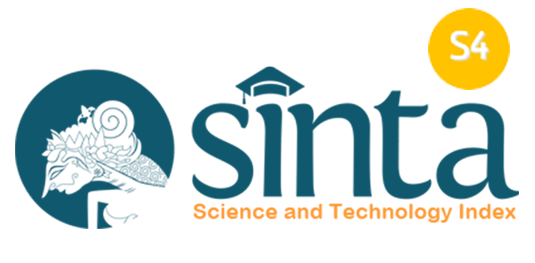The Social Media Strategy of the Instagram Account @Masjiddtbandung to Encourage Public Participation in Religious Learning Events
Abstract
In the digital era, an effective communication strategy is essential for organizations to engage with their communities and achieve their objectives. Employing a case study, it aims to explore the communication strategies used by the Instagram admin of @masjiddtbandung to motivate congregants (jamaah) to participate in da’wah or religious activities. The findings reveal four key functions in their strategy: Share, where Instagram is utilized to expand the reach of Masjid Daarut Tauhiid’s da’wah; Optimize, which involves using diverse templates to visually differentiate topics; Manage, where the admin actively responds to inquiries and directs interactions to direct messages (DMs) for deeper engagement; and Engage, where only preachers (da’i) relevant to the post’s topic are featured. This structured approach highlights the significance of social media in fostering religious engagement and underscores the role of strategic digital communication in strengthening faith-based communities.
Keywords
Full Text:
PDFReferences
Adnan, N. I., Ramli, S., and Ismail, I. N. (2021). Investigating the usefulness of TikTok as an educational tool. International Journal of Practices in Teaching and Learning (IJPTL), 1(2), 1-5.
Akeusola, B. N. (2023). Social media and the incidence of cyberbullying in Nigeria: Implications for creating a safer online environment. NIU Journal of Humanities, 8(3), 125-137.
Alam, L., and Iqbal, M. (2024). Transforming religious learning: Empowering faith through virtual congregation in Indonesia. HUNAFA Jurnal Studia Islamika, 21(1), 1-24.
Balouch, B., and Tahir, Z. (2024). The role of gender and content format towards enhancing the engagement on Instagram. South Asian Review of Business and Administrative Studies (SABAS), 6(1), 1-12.
Bilondatu, N. I., and Susanti, V. (2022). Fenomena internet trolling, sebuah bentuk kejahatan siber. Journal of Education, Humaniora and Social Sciences (JEHSS), 4(3), 1697-1706.
Dileo, M., Zignani, M., and Gaito, S. (2024). Temporal graph learning for dynamic link prediction with text in online social networks. Machine Learning, 113(4), 2207-2226.
Huda, C., Hanief, M., and Hakim, D. M. (2022). Islamic religious education learning strategy with edutainment insight in improving learning motivation of student. Nazhruna: Jurnal Pendidikan Islam, 5(2), 787-805.
Kahfi, A., and Mahmudi, K. A. (2024). Transformation of da’wah in the digital era: modern strategies in optimizing technology based da’wah management. Jurnal Dakwah dan Komunikasi, 9(2), 63-79.
Lynn, T., Rosati, P., Leoni Santos, G., and Endo, P. T. (2020). Sorting the healthy diet signal from the social media expert noise: preliminary evidence from the healthy diet discourse on Twitter. International Journal of Environmental Research and Public Health, 17(22), 8557.
Mao, Y., Xu, T., and Kim, K. J. (2023). Motivations for proactive and reactive trolling on social media: Developing and validating a four-factor model. Social Media+ Society, 9(4), 20563051231203682.
Morehouse, J., and Saffer, A. J. (2021). Promoting the faith: Examining megachurches’ audience-centric advertising strategies on social media. Journal of Advertising, 50(4), 408-422.
Mutia, T. (2022). Da’wahtainment: the creativity of muslim creators in Da’wah communication on social media. Jurnal Dakwah Risalah, 32(2), 147-163.
Nabila, W. M., Fadhilatunnisa, S., Alamsyah, M. I., and Suryandari, M. (2023). Pengaruh konten dakwah terhadap gen z dan milenial (generasi muda). ALADALAH: Jurnal Politik, Sosial, Hukum dan Humaniora, 1(1), 09-21.
Nisa, K. (2024). Peran literasi di era digital dalam menghadapi hoaks dan disinformasi di media sosial. Impressive: Journal of Education, 2(1), 1-11.
Nugroho, M. N. S. (2024). Strategi komunikasi dan branding dalam manajemen event: membangun identitas acara yang kuat. Al-Mumtaz: Jurnal Manajemen Pendidikan Islam, 1(1), 70-81.
Nurjaman, D. (2022). Communication strategy in delivering da'wah messages and increasing the number of followers. Jurnal Bina Ummat: Membina dan Membentengi Ummat, 5(2), 57-67.
Oloba, B. L., and Blankenship, A. M. (2024). Gender dynamics in online religious leadership in Nigeria: Investigating how digital platforms shape communication, authority, and influence. Religions, 16(1), 5.
Rahat, H., and Nadeem, S. (2025). Social media as a workplace panopticon: The development and validation of social media monitoring by workplace contacts scale. PloS one, 20(3), e0319429.
Rahayu, N. S., Setyaningsih, R., and Yusfiarista, E. (2025). Instagram@ aksesmu. Id social media management in strengthening company image PT Sumber Trijaya Lestari. East Asian Journal of Multidisciplinary Research, 4(2), 567-574.
Reimer, T. (2023). Environmental factors to maximize social media engagement: A comprehensive framework. Journal of Retailing and Consumer Services, 75, 103458.
Rohmatulloh, D. M., Achfandhy, M. I., and Patmaningsih, A. (2023). The encounter of da’wah digitalization with urban muslim culture. Akademika: Jurnal Pemikiran Islam, 28(1), 101-110.
Santos, S., Gonçalves, H. M., and Teles, M. (2023). Social media engagement and real‐time marketing: Using net‐effects and set‐theoretic approaches to understand audience and content‐related effects. Psychology & Marketing, 40(3), 497-515.
Saputra, W., Akbar, A., and Burhanuddin, B. (2024). Modernization of da'wah methods in fostering interest among young generation (Case Study QS. Al-Ahzab Verse 46). INJIES: Journal of Islamic Education Studies, 1(2), 61-70.
Sari, Y., and Handayani, M. (2021). Analysis of the" some" model (share, optimize, manage, engage) Instagram account@ tnlkep kepulauanseribu in the framework of digital promotion of a Thousand Islands Marine Park as an eco-tourism destination for the millenial generation. Moestopo International Review on Social, Humanities, and Sciences, 1(1), 7-15.
Sobel, S. I., and Dube, J. J. (2024). Social media for obesity education: A general overview for the novice creator. Advances in Physiology Education, 48(1), 114-121.
Stupavský, I., Dakić, P., and Vranić, V. (2023). The impact of fake news on traveling and antisocial behavior in online communities: overview. Applied Sciences, 13(21), 11719.
Sujai, A. (2022). Da’wah practice on Instagram social media. International Journal of Multicultural and Multireligious Understanding, 9(6), 172-178.
Sumiati, W., and Nawawi, T. (2024). Digital da’wah in the modern era: The role of nu garis lucu, aisnu, and pondok sanad in engaging the younger generation. Digital Muslim Review, 2(2), 153-175.
Tellis, G. J., MacInnis, D. J., Tirunillai, S., and Zhang, Y. (2019). What drives virality (sharing) of online digital content? The critical role of information, emotion, and brand prominence. Journal of Marketing, 83(4), 1-20.
Wukich, C. (2021). Government social media engagement strategies and public roles. Public Performance and Management Review, 44(1), 187-215.
Yetti, E. (2024). Pedagogical innovation and curricular adaptation in enhancing digital literacy: A local wisdom approach for sustainable development in Indonesia context. Journal of Open Innovation: Technology, Market, and Complexity, 10(1), 100233.
Yuliasih, M. (2021). Pemanfaatan instagram sebagai media dakwah bagi generasi millenial. Jurnal Da'wah: Risalah Merintis, Da'wah Melanjutkan, 4(2), 65-76.
Zhang, L. (2025). The digital age of religious communication: The shaping and challenges of religious beliefs through social media. Studies on Religion and Philosophy, 1(1), 25-41.
DOI: https://doi.org/10.17509/ijomr.v4i2.84155
Refbacks
- There are currently no refbacks.
Copyright (c) 2025 Kantor Jurnal dan Publikasi, Universitas Pendidikan Indonesia (UPI)

This work is licensed under a Creative Commons Attribution-ShareAlike 4.0 International License.
Indonesian Journal of Multidiciplinary Research (IJOMR) is published by Universitas Pendidikan Indonesia (UPI)















